The Neon Green Rasbora, scientifically known as Microdevario kubotai, is a small, colorful fish that has captured the hearts of many aquarium enthusiasts. These tiny fish belong to the Cyprinidae family, which makes them relatives of other popular aquarium fish like danios and barbs.
Table of Contents
One of the most interesting things about the Neon Green Rasbora is its unique breeding behavior. In the wild, they spawn among the submerged roots of plants, with the male and female engaging in an elaborate courtship dance before the female deposits her eggs.
Despite its recent discovery in 1998, the Neon Green Rasbora has quickly become a favorite among aquarium enthusiasts. They are also known by other names in the market, such as the Green Kubotai Rasbora or the Green Neon Rasbora.
When it comes to their habitat preferences, Neon Green Rasboras are mid-dwellers, meaning they spend most of their time in the middle and upper levels of the water column. In the wild, they can be found in slow-moving, heavily vegetated streams and rivers in Myanmar and Thailand.
To keep Neon Green Rasboras happy and healthy in the aquarium, it’s essential to provide them with a diet that mimics their natural food sources. They are omnivorous and will readily accept a variety of prepared foods, such as high-quality flakes, micro pellets, and frozen or live foods like daphnia, cyclops, and baby brine shrimp.
When it comes to tankmates, Neon Green Rasboras are peaceful, social fish that do best in groups of at least 6-8 individuals. They make excellent additions to community tanks with other small, non-aggressive species like Celestial Pearl Danios, Chili Rasboras, and small tetras.
With their stunning colors, peaceful temperament, and fascinating biology, it’s easy to see why the Neon Green Rasbora is so popular. As more research is conducted and more hobbyists share their experiences, we can expect to learn even more about these captivating little fish in the years to come.
In conclusion, if you’re looking for a small, colorful, and easy-to-care-for fish, the Neon Green Rasbora might just be the perfect addition to your tank. With proper care and attention, these enchanting fish will bring joy and beauty to your aquarium for years to come.
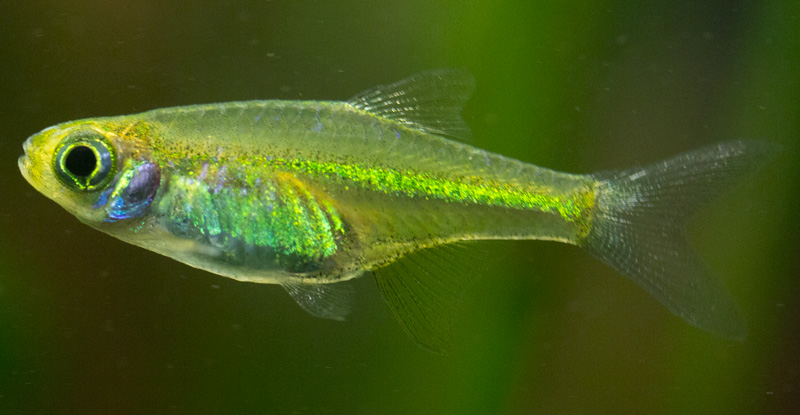
Neon Green Rasbora Key Information
The Neon Green Rasbora (Microdevario kubotai) is a stunning little fish that captivates aquarium enthusiasts with its vibrant, iridescent green coloration. These tiny gems sparkle under aquarium lighting, their bodies shimmering with hues of electric green, creating a mesmerizing display that is sure to be the focal point of any tank.
| Family | Cyprinidae |
| Origin | Myanmar and Thailand |
| Price | Moderate |
| Common Names | Neon Green Rasbora, Green Kubotai Rasbora, Green Neon Rasbora |
| Variants | None |
| Ideal Tank Size | 10 gallons or larger |
| Water Parameters | Temperature: 72-79°F (22-26°C), pH: 6.0-7.5, Hardness: 2-15 dGH |
| Lifespan | 3-5 years |
| Full Size | 0.8-1.2 inches (2-3 cm) |
| Natural Environment | Slow-moving, heavily vegetated streams and rivers |
| Behavior | Peaceful, schooling |
| Habitat Preference | Mid-level dweller |
| Aquarium Decoration | Densely planted with subdued lighting |
| Ideal Tank Mates | Other small, peaceful fish (e.g., Celestial Pearl Danios, Chili Rasboras, small tetras) |
| Fish to Avoid | Large, aggressive fish that may see them as prey |
| Best Foods/Diet | Omnivorous; high-quality flakes, micro pellets, frozen or live foods (daphnia, cyclops, baby brine shrimp) |
| Disease | No species-specific diseases; susceptible to common freshwater fish ailments if water quality is poor |
| Sex-Switch | No |
| Gender Differences | Males are typically more slender and colorful than females |
| Care Level | Easy |
| Breeding Level | Moderate; spawns among submerged plant roots, eggs hatch in 24-36 hours |
Ideal Tank Mates for Neon Green Rasbora
To ensure a harmonious aquarium, it is crucial to carefully consider the characteristics of tank mates for the Neon Green Rasbora. Opting for fish that have comparable water preferences, temperament, and size is of utmost importance. The perfect companions for the Neon Green Rasbora should possess a peaceful disposition, non-aggressive behavior, and be petite enough to avoid perceiving the rasbora as a delectable treat.
Without further ado, here are ten exceptional tank mates that will thrive alongside the Neon Green Rasbora:
1. Celestial Pearl Danio (Danio margaritatus)
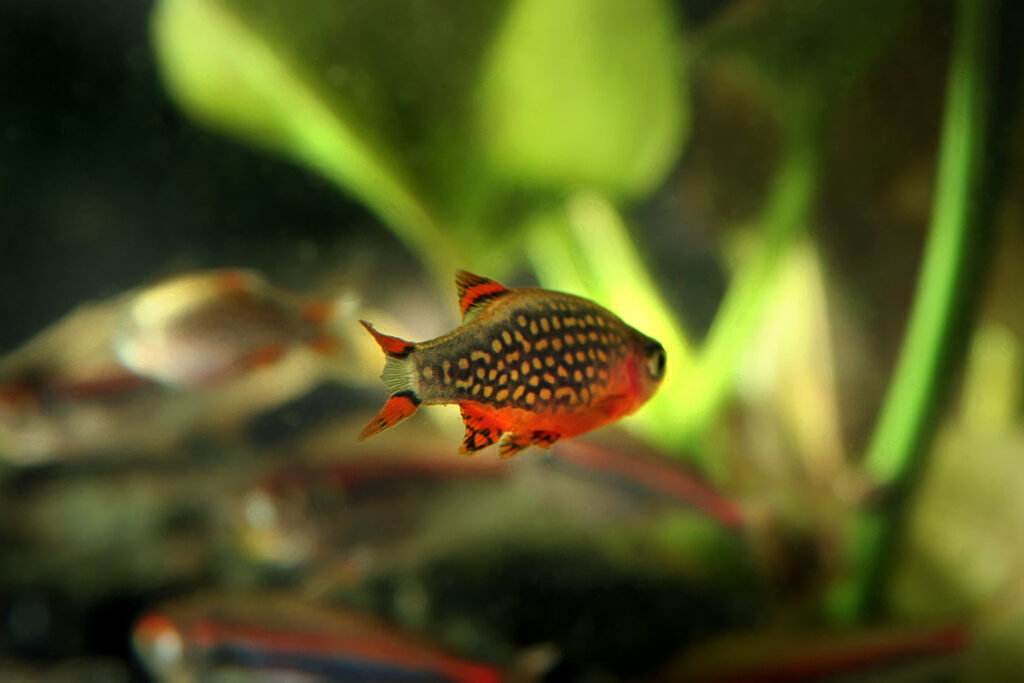
The Celestial Pearl Danio, also known as the Galaxy Rasbora, is a perfect match for the Neon Green Rasbora. These tiny, peaceful fish share a similar size and temperament, making them a harmonious addition to a community tank. Their unique, spotted appearance complements the vibrant green of the Neon Green Rasbora, creating a visually stunning display.
| Common/Market Names | Celestial Pearl Danio, Galaxy Rasbora |
| Price Range | Moderate |
| Care Level | Easy |
| Behavior | Peaceful, schooling |
| Life Span | 3-5 years |
| Max Size | 1 inch (2.5 cm) |
2. Chili Rasbora (Boraras brigittae)
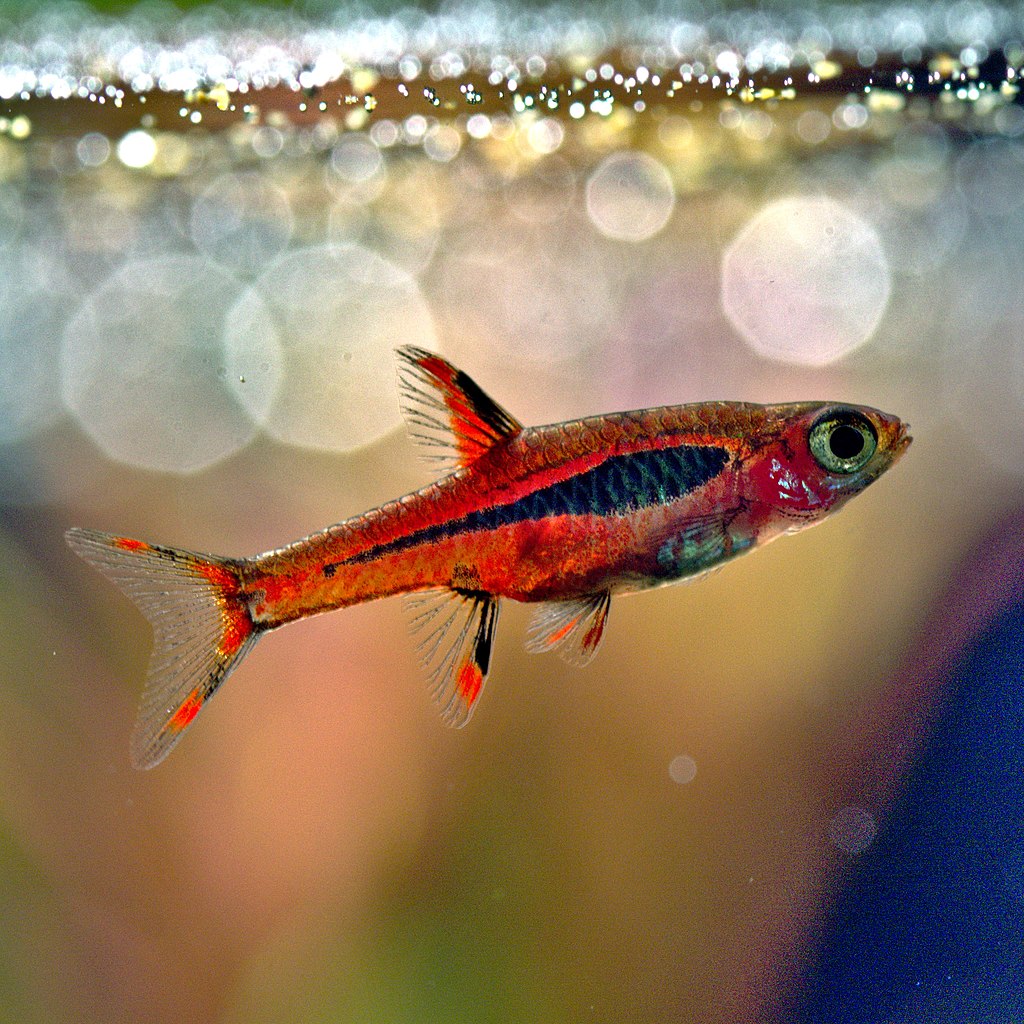
The Chili Rasbora is another excellent tank mate for the Neon Green Rasbora. These diminutive fish are known for their vibrant red coloration, which creates a striking contrast against the green of the Neon Green Rasbora. Chili Rasboras are peaceful, active fish that enjoy the company of their own kind and other small, non-aggressive species.
| Common/Market Names | Chili Rasbora, Mosquito Rasbora |
| Price Range | Moderate |
| Care Level | Easy |
| Behavior | Peaceful, schooling |
| Life Span | 2-4 years |
| Max Size | 0.7 inch (1.8 cm) |
3. Ember Tetra (Hyphessobrycon amandae)
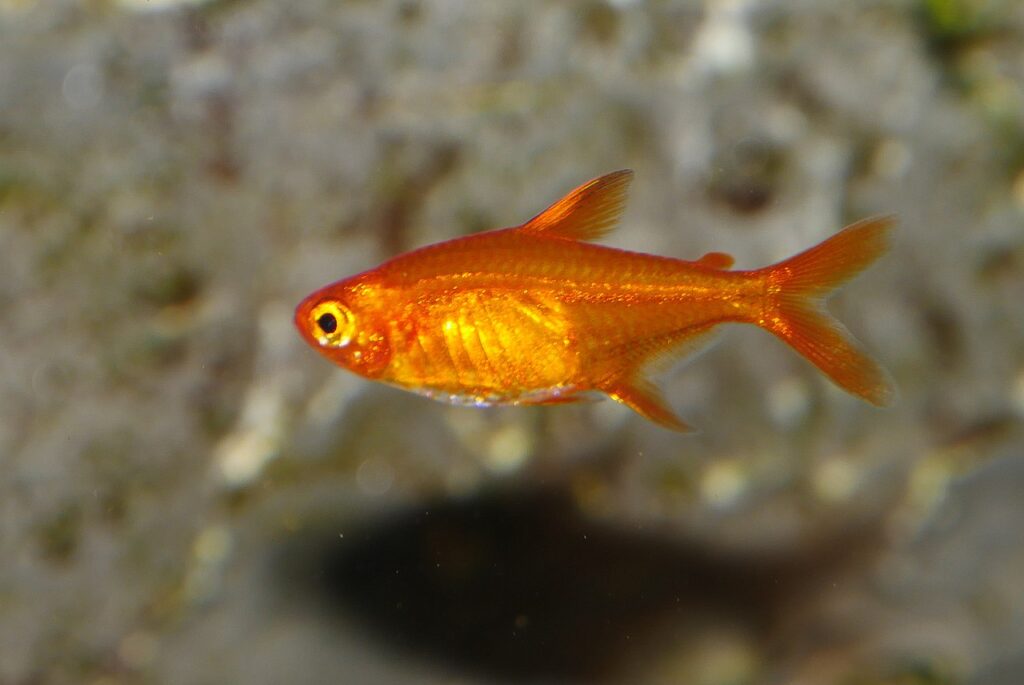
Ember Tetras are another fantastic choice for a Neon Green Rasbora tank. These small, colorful fish have a warm, reddish-orange hue that adds a touch of warmth to the aquarium. Ember Tetras are peaceful, active schooling fish that thrive in planted tanks with subdued lighting, making them an ideal match for the Neon Green Rasbora.
| Common/Market Names | Ember Tetra, Amanda’s Tetra |
| Price Range | Low to Moderate |
| Care Level | Easy |
| Behavior | Peaceful, schooling |
| Life Span | 2-4 years |
| Max Size | 0.8 inch (2 cm) |
4. Pygmy Corydoras (Corydoras pygmaeus)
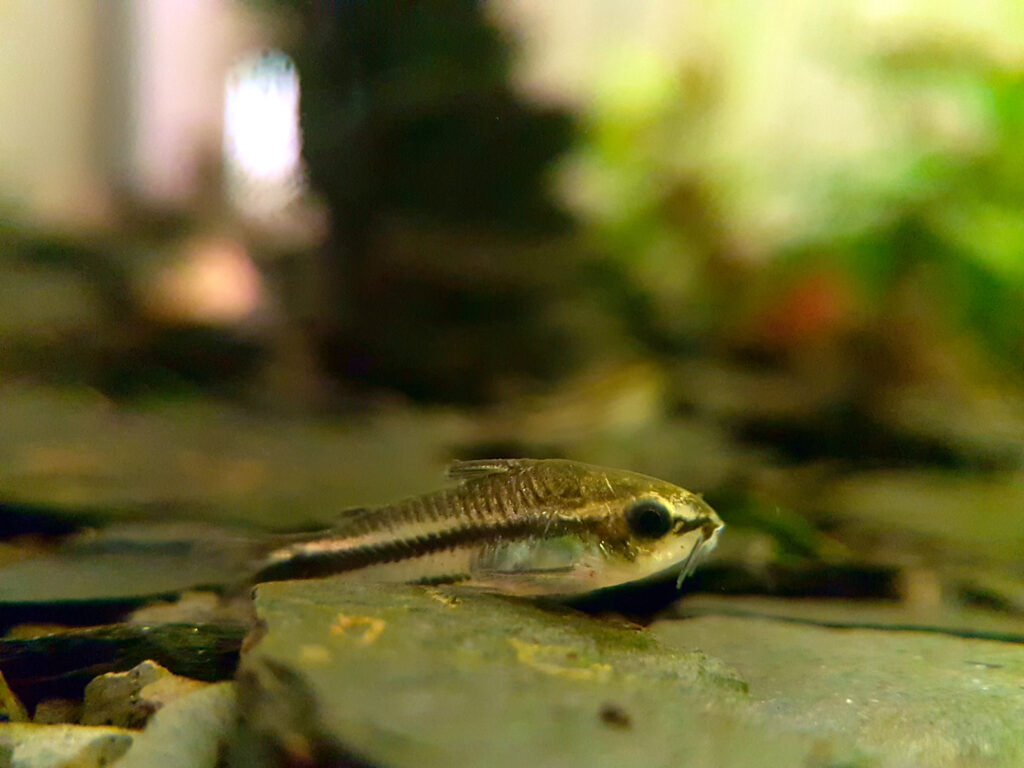
Pygmy Corydoras are a unique addition to a Neon Green Rasbora tank, as they occupy the bottom level of the aquarium. These tiny catfish are peaceful, active foragers that help keep the substrate clean by scavenging for leftover food. Their small size and entertaining behavior make them a delightful companion for the mid-dwelling Neon Green Rasbora.
| Common/Market Names | Pygmy Corydoras, Pygmy Cory |
| Price Range | Low to Moderate |
| Care Level | Easy |
| Behavior | Peaceful, bottom-dwelling |
| Life Span | 3-5 years |
| Max Size | 1 inch (2.5 cm) |
5. Harlequin Rasbora (Trigonostigma heteromorpha)
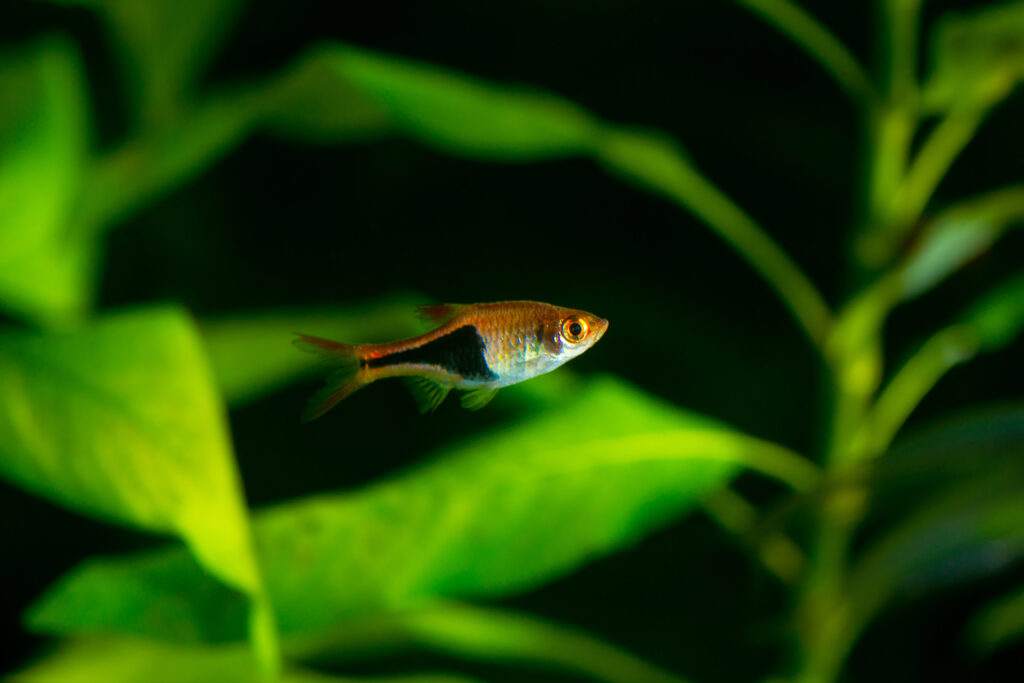
Harlequin Rasboras are a classic choice for a peaceful community tank, and they make excellent tank mates for the Neon Green Rasbora. These attractive fish have a distinctive triangular shape and a striking red and black coloration. Harlequin Rasboras are active, schooling fish that prefer the company of their own kind and other peaceful species.
| Common/Market Names | Harlequin Rasbora, Red Rasbora |
| Price Range | Low |
| Care Level | Easy |
| Behavior | Peaceful, schooling |
| Life Span | 5-8 years |
| Max Size | 2 inches (5 cm) |
6. Endler’s Livebearer (Poecilia wingei)
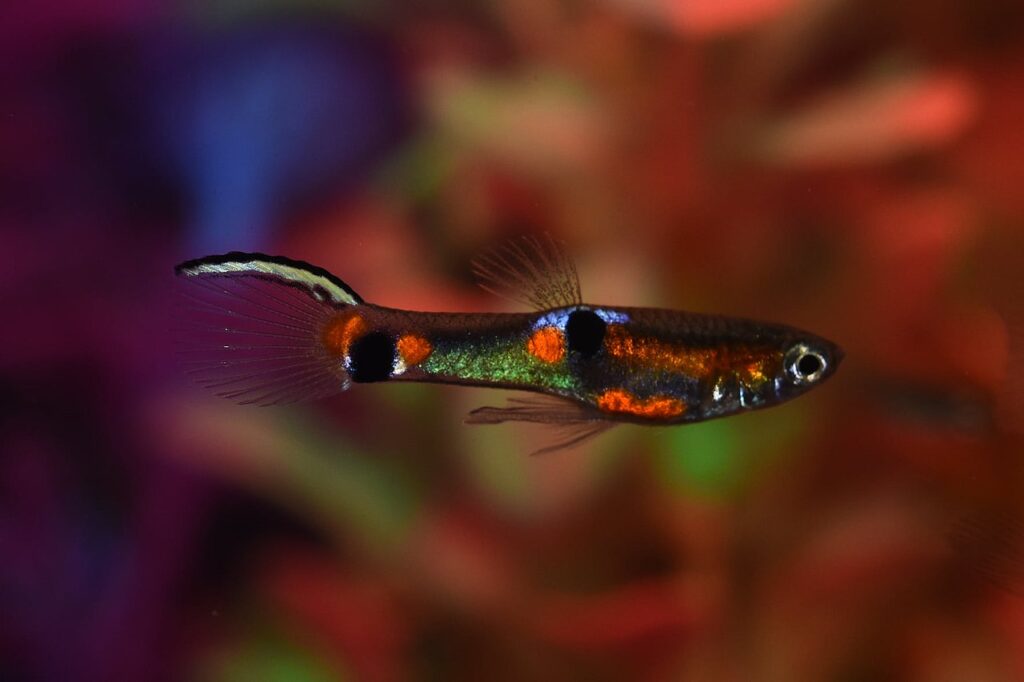
Endler’s Livebearers are a colorful, peaceful species that can add a splash of variety to a Neon Green Rasbora tank. These small, hardy fish come in a wide range of colors and patterns, making each individual unique. Endler’s Livebearers are active, social fish that prefer the company of their own species and other peaceful tank mates.
| Common/Market Names | Endler’s Livebearer, Endler’s Guppy |
| Price Range | Low to Moderate |
| Care Level | Easy |
| Behavior | Peaceful, social |
| Life Span | 2-3 years |
| Max Size | 1.5 inches (3.8 cm) |
7. Dwarf Rasbora (Boraras maculatus)
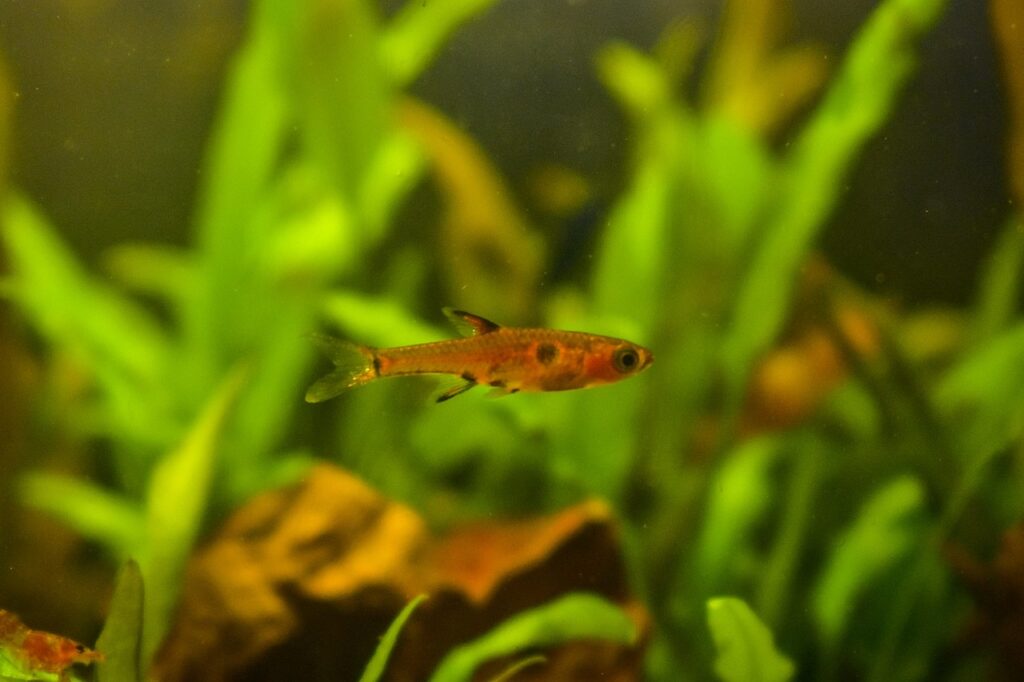
The Dwarf Rasbora, also known as the Spotted Rasbora, is another excellent companion for the Neon Green Rasbora. These tiny fish have a translucent body with a series of black spots along their lateral line, creating an attractive, subtle appearance. Dwarf Rasboras are peaceful, schooling fish that thrive in heavily planted tanks with subdued lighting.
| Common/Market Names | Dwarf Rasbora, Spotted Rasbora |
| Price Range | Moderate |
| Care Level | Easy |
| Behavior | Peaceful, schooling |
| Life Span | 2-4 years |
| Max Size | 0.8 inch (2 cm) |
8. Dwarf Corydoras (Corydoras hastatus)
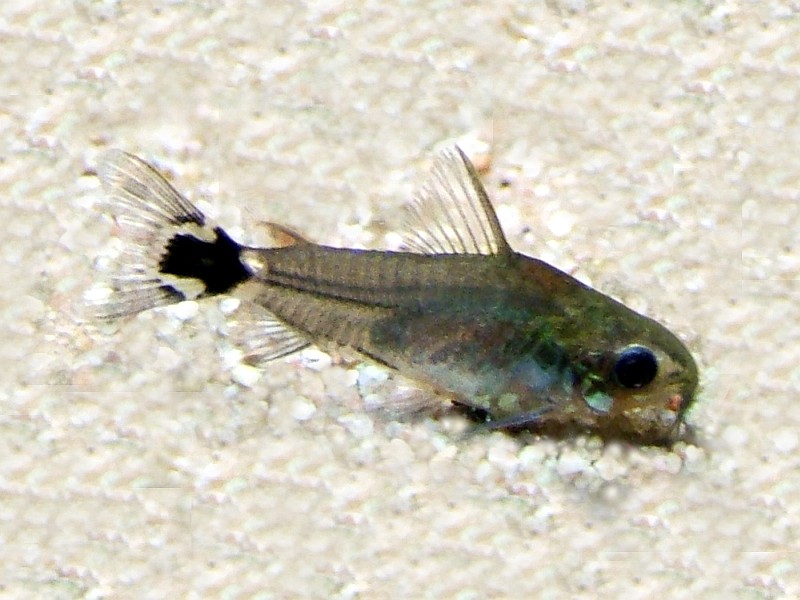
Dwarf Corydoras, like their Pygmy cousins, are a fantastic addition to a Neon Green Rasbora tank. These small, peaceful catfish occupy the bottom level of the aquarium, helping to keep the substrate clean and add interest to the lower regions of the tank. Dwarf Corydoras are social fish that prefer the company of their own kind and other peaceful bottom-dwellers.
| Common/Market Names | Dwarf Corydoras, Tail Spot Pygmy Catfish |
| Price Range | Moderate |
| Care Level | Easy |
| Behavior | Peaceful, bottom-dwelling |
| Life Span | 3-5 years |
| Max Size | 1.4 inches (3.5 cm) |
9. Neon Tetra (Paracheirodon innesi)
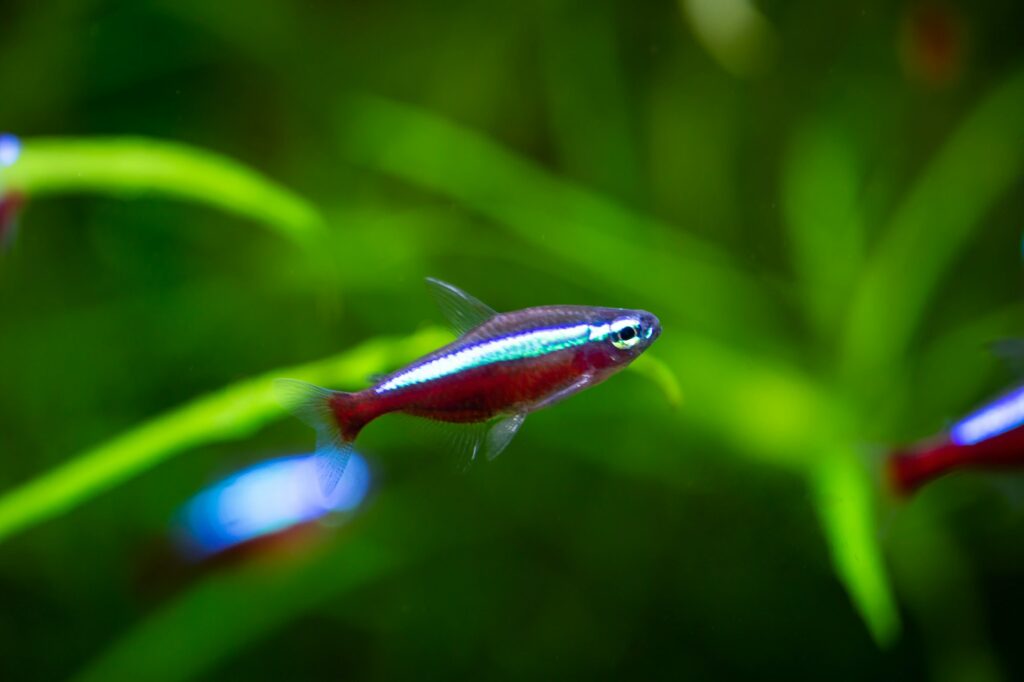
Neon Tetras are a classic choice for a peaceful community tank, and their vibrant blue and red coloration makes them a stunning companion for the Neon Green Rasbora. These small, active fish are schooling species that prefer the company of their own kind and other peaceful tank mates. Neon Tetras are mid-level dwellers that add a pop of color and activity to the aquarium.
| Common/Market Names | Neon Tetra |
| Price Range | Low |
| Care Level | Easy |
| Behavior | Peaceful, schooling |
| Life Span | 5-8 years |
| Max Size | 1.5 inches (3.8 cm) |
10. Cherry Shrimp (Neocaridina davidi)
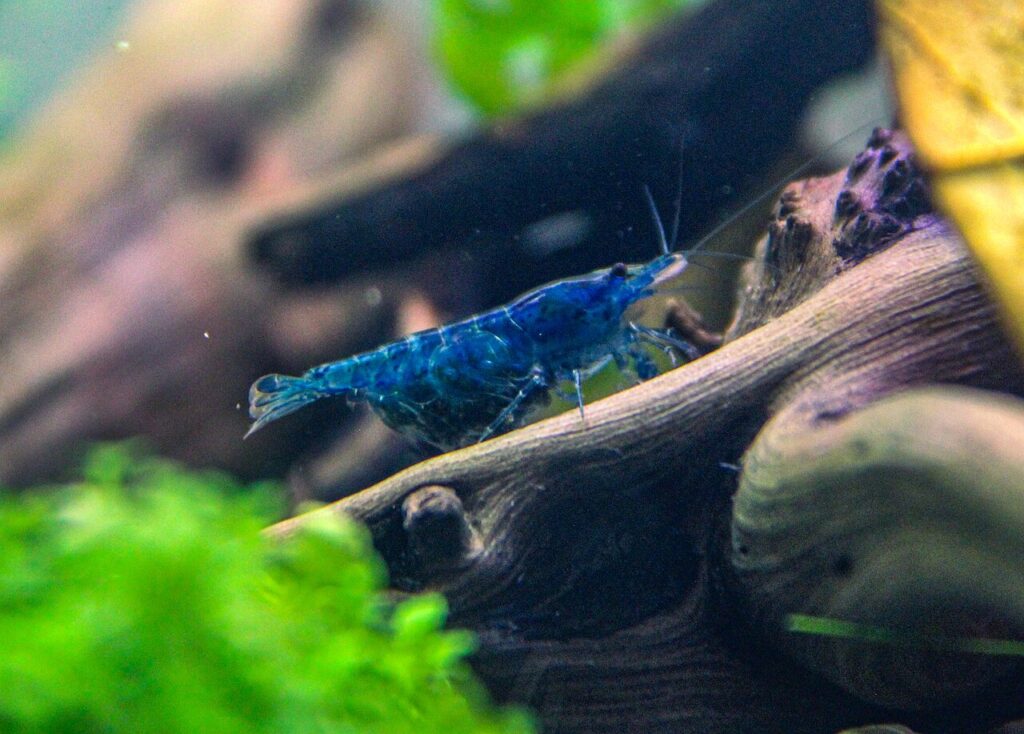
While not a fish, Cherry Shrimp make an excellent addition to a Neon Green Rasbora tank. These small, colorful invertebrates are peaceful, easy to care for, and help keep the aquarium clean by grazing on algae and leftover food. Cherry Shrimp come in a variety of colors, ranging from deep red to pale pink, and their presence adds a unique, dynamic element to the aquarium.
| Common/Market Names | Cherry Shrimp, Red Cherry Shrimp |
| Price Range | Low to Moderate |
| Care Level | Easy |
| Behavior | Peaceful, scavenging |
| Life Span | 1-2 years |
| Max Size | 1.5 inches (3.8 cm) |
When creating a community tank with Neon Green Rasboras and their tank mates, it’s essential to ensure that the aquarium is well-maintained, with proper filtration, regular water changes, and a balanced diet for all inhabitants. By selecting peaceful, compatible species and providing them with a healthy environment, you can create a thriving, visually stunning aquarium that showcases the beauty and diversity of these fascinating fish.
FAQs about Neon Green Rasbora
How many Neon Green Rasboras should I keep in my aquarium?
Neon Green Rasboras are schooling fish and should be kept in groups of at least 6-8 individuals. Keeping them in larger groups will help them feel more secure and display their natural schooling behavior, which is both fascinating to observe and beneficial for their overall health and well-being.
Are Neon Green Rasboras sensitive to water changes?
Like most fish, Neon Green Rasboras can be sensitive to sudden changes in water parameters. When performing water changes, be sure to use a water conditioner to remove any harmful chlorine or chloramine from tap water. It’s also a good idea to keep the temperature and pH of the new water as close as possible to the existing tank water to minimize stress on your fish.
Can Neon Green Rasboras be kept in a planted aquarium?
Absolutely! Neon Green Rasboras are an excellent choice for planted aquariums. They appreciate the natural cover and hiding spots provided by aquatic plants, which can help them feel more secure and reduce stress. Additionally, a well-planted aquarium can help maintain good water quality by absorbing excess nutrients and providing a natural filtration system.
How often should I feed my Neon Green Rasboras?
Neon Green Rasboras should be fed small amounts of food 2-3 times daily. Overfeeding can lead to digestive issues and water quality problems, so be sure to provide only as much food as your fish can consume within 2-3 minutes. A varied diet consisting of high-quality flakes, micro pellets, and frozen or live foods will help ensure optimal health and coloration.
Are Neon Green Rasboras jumpers?
While not known for being particularly prone to jumping, Neon Green Rasboras, like many small fish, may jump if startled or stressed. To prevent accidental escapes, it’s a good idea to keep your aquarium covered with a well-fitting lid or hood. This will also help reduce evaporation and maintain stable water parameters.
How can I tell if my Neon Green Rasboras are healthy?
Healthy Neon Green Rasboras should have vibrant coloration, clear eyes, and no visible signs of damage or disease. They should be active swimmers, displaying their natural schooling behavior and readily accepting food. If you notice any changes in appearance or behavior, such as lethargy, loss of appetite, or visible wounds, it may indicate an underlying health issue that requires attention.
Can Neon Green Rasboras be bred in captivity?
Yes, Neon Green Rasboras can be bred in captivity, although it may require some patience and attention to detail. To encourage spawning, provide a separate breeding tank with fine-leaved plants or spawning mops for the fish to lay their eggs on. Optimal water conditions and a diet rich in live foods can also help stimulate spawning behavior.
Are Neon Green Rasboras suitable for beginners?
Neon Green Rasboras are generally considered a good choice for beginner aquarists due to their peaceful temperament, small size, and relatively undemanding care requirements. However, as with any fish, it’s essential to research their specific needs and provide a well-maintained aquarium with appropriate tank mates to ensure their health and well-being.